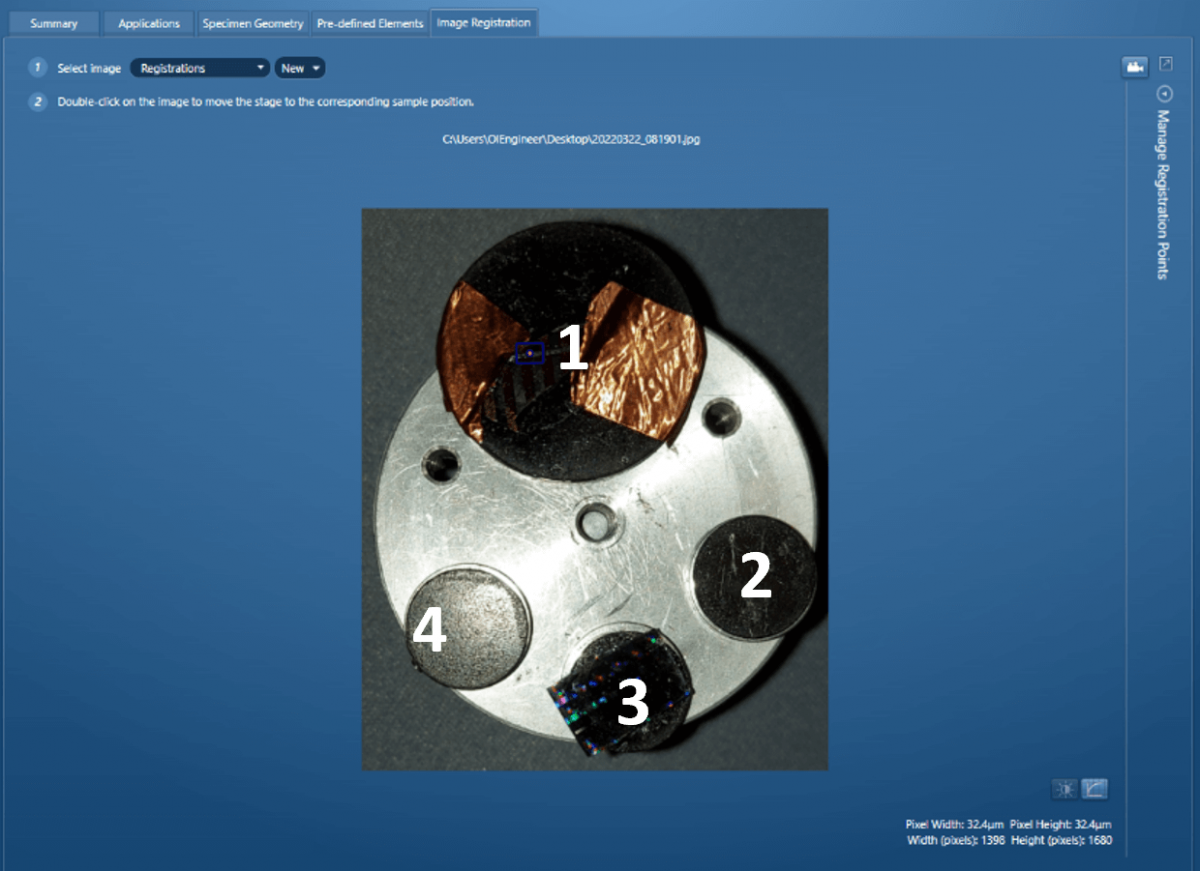Products
FIB-SEM
Nanomanipulators
OmniProbeOmniProbe CryoSoftware
AZtec3DAZtecFeatureAZtec LayerProbeTEM
Hardware
EDSUltim MaxXploreImaging
TEM CamerasSoftware
AZtecTEM
31st March 2022 | Author: Dr Matt Hiscock
We all want to make the best use of the time available to us – unfortunately, time is the one thing we can’t create, and we often find is in short supply.
Analysis in the scanning electron microscope (SEM) is no exception to this and, as a result, we’re often looking to make use of both the time when we are sat with the instrument and, ideally, the time when we are not.
Thankfully, with the latest generation of silicon drift detectors (SDDs) for Energy Dispersive X-ray Spectrometry (EDS) and Electron Backscatter Diffraction (EBSD) detectors, such as Symmetry S2, the process of acquiring data is now much faster than it ever was, meaning we can do more in a given amount of time. But still there is ever greater demand!!
To address this, let’s look at the time when we are not sat with the microscope - this is where automation comes in. By using the automation functionalities, we can use AZtecLive to control our microscope remotely – potentially performing several different tasks in a single analysis session without the need for us to be present supervising it – overnight, over a weekend or even longer.
There are several different kinds of tasks that we can automate. Typically, these are the sorts of tasks that can potentially take a significant amount of time – so those involving analysing large areas – typically mapping or particle analysis. This ability to queue up multiple tasks is also equally applicable whether we are performing EDS or EBSD analysis.
Let’s have a look at the sort of queue you could set up for some EDS analysis. Firstly, you can see below a phone camera image of a sample holder with multiple samples on it. We have some samples that we would like to perform EDS mapping on – in some cases on single fields and in others across the whole sample, and we also have a sample that we’d like to perform particle analysis in.
Using this image, AZtecLive’s image registration tool allows me to navigate around – something that is particularly useful when you’ve got multiple samples in the microscope, as here.

Having registered the image, I then set up to analyse each of the 4 samples. First, I defined the areas for analysis – for the samples marked as 2 and 4 above, I set up the areas as circles – defining each with 3 points – I used the registered image to drive to each of those points - making the process of setting up each area quick and easy. For sample 3, I set the area up as a quadrilateral – choosing a point at each of the 4 corners to setup the area. For sample 1, I chose to setup 2 single fields for analysis – at points of particular interest in the sample. With all of the areas set up, I then defined what analysis should be performed for each. I wanted to perform particle analysis on samples 2 and 4, while I chose to acquire a large area map on the sample as 3. I also chose to acquire maps for the 2 single field areas.
Whilst all of the above sounds complicated when written down, it was really easy to do, as you can see in the video below that shows the whole process.
Essentially, what I’ve created here is a to-do list of 5 tasks – 3 maps and 2 particle analyses – for the system to perform. Depending on the conditions chosen, this could take several hours to perform and of course, I don’t need to be present for that time. As such, I can make use of the system far more efficiently, potentially performing my analyses overnight when there is less demand – I could even get AZtec to turn the beam off for me!
I hope that this blog has been useful to you in demonstrating how automation can make you more efficient and how easy it is to perform it – if you have any questions, please don’t hesitate to get in touch!
We send out monthly newsletters keeping you up to date with our latest developments such as webinars, new application notes and product updates.